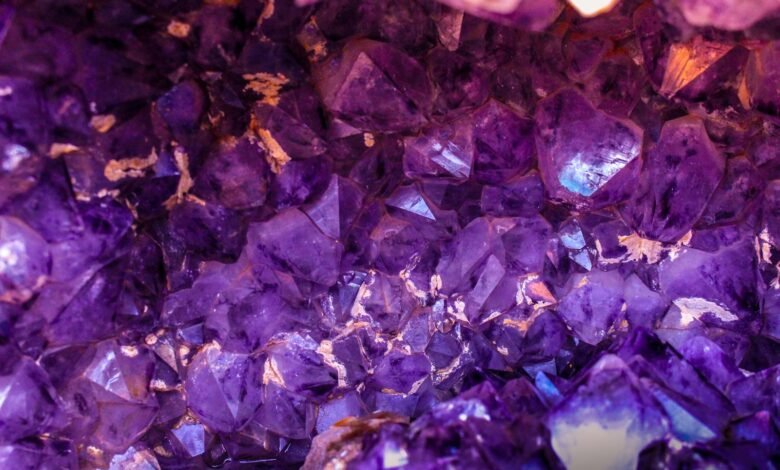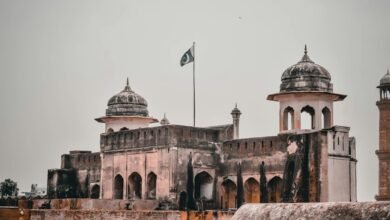
Pakistan is endowed with a rich variety of minerals and natural resources that are crucial for its economic development. The country is home to significant deposits of metallic, non-metallic, and energy minerals. This blog post explores the key minerals found in Pakistan, their economic importance, and the potential for development in this sector.
1. Overview of Mineral Resources in Pakistan
Pakistan’s mineral wealth is diverse, with a range of minerals found across its provinces. The mining industry has a vital role in the economy, providing employment opportunities and contributing to the country’s GDP. Here are some of the most notable minerals found in Pakistan:
2. Metallic Minerals
a. Copper
- Location: Major deposits are found in the Saindak and Reko Diq areas of Balochistan.
- Overview: Copper is used extensively in electrical wiring, plumbing, and telecommunications. Pakistan has significant copper reserves that have not been fully exploited, indicating a potential for growth in this sector.
b. Lead and Zinc
- Location: The Zawati and Khuzdar regions in Balochistan.
- Overview: These metals are vital for battery manufacturing, construction, and various industrial applications. The mining of lead and zinc has potential for further exploration and extraction.
c. Iron Ore
- Location: Found in the Chiniot and Kalabagh regions of Punjab.
- Overview: Iron ore is a key ingredient in steel production. The Chiniot iron ore reserves have been identified as one of the largest in the country, making it crucial for the development of the local steel industry.
3. Non-Metallic Minerals
a. Gypsum
- Location: Widely available in the Punjab and Sindh provinces.
- Overview: Gypsum is used in the construction industry for making plaster, wallboard, and cement. Pakistan has abundant gypsum deposits, making it a valuable resource for local construction projects.
b. Limestone
- Location: Available in abundance in various regions, including Punjab and Sindh.
- Overview: Limestone is a primary raw material for cement manufacturing. With the increasing demand for cement, limestone mining is a critical component of Pakistan’s mining industry.
c. Salt
- Location: The Khewra Salt Mine in Punjab is one of the largest in the world.
- Overview: The Khewra mine produces high-quality rock salt, which is used for culinary, industrial, and decorative purposes. The mine is also a popular tourist destination.
4. Energy Minerals
a. Coal
- Location: Significant reserves are found in Thar, Sindh, and in the Lakhra and Duki areas.
- Overview: Coal is a vital energy source for power generation. The Thar coalfield is one of the largest in the world and holds the potential to significantly boost Pakistan’s energy production.
b. Natural Gas
- Location: Major fields are located in Sui, Sindh, and Punjab.
- Overview: Natural gas is a critical energy resource for electricity generation and domestic consumption. Pakistan’s gas reserves are essential for energy security and economic stability.
5. Mining and Economic Impact
The mining sector in Pakistan has the potential to contribute significantly to the national economy. However, several challenges hinder its development, including outdated technology, lack of investment, and inadequate infrastructure. To fully realize the potential of its mineral resources, Pakistan needs to focus on:
- Investment in Technology: Modernizing mining techniques to increase efficiency and safety.
- Policy Reforms: Establishing clear policies and regulations to attract foreign investment in the mining sector.
- Infrastructure Development: Improving transportation and logistics to facilitate the movement of minerals from remote areas to markets.
Conclusion
Pakistan’s mineral resources present an opportunity for economic growth and development. With a diverse range of metallic and non-metallic minerals, along with energy resources, the country has the potential to harness its mineral wealth for sustainable economic development. By addressing the challenges faced by the mining sector and promoting investment, Pakistan can unlock the full potential of its mineral resources, leading to job creation and increased national revenue.



